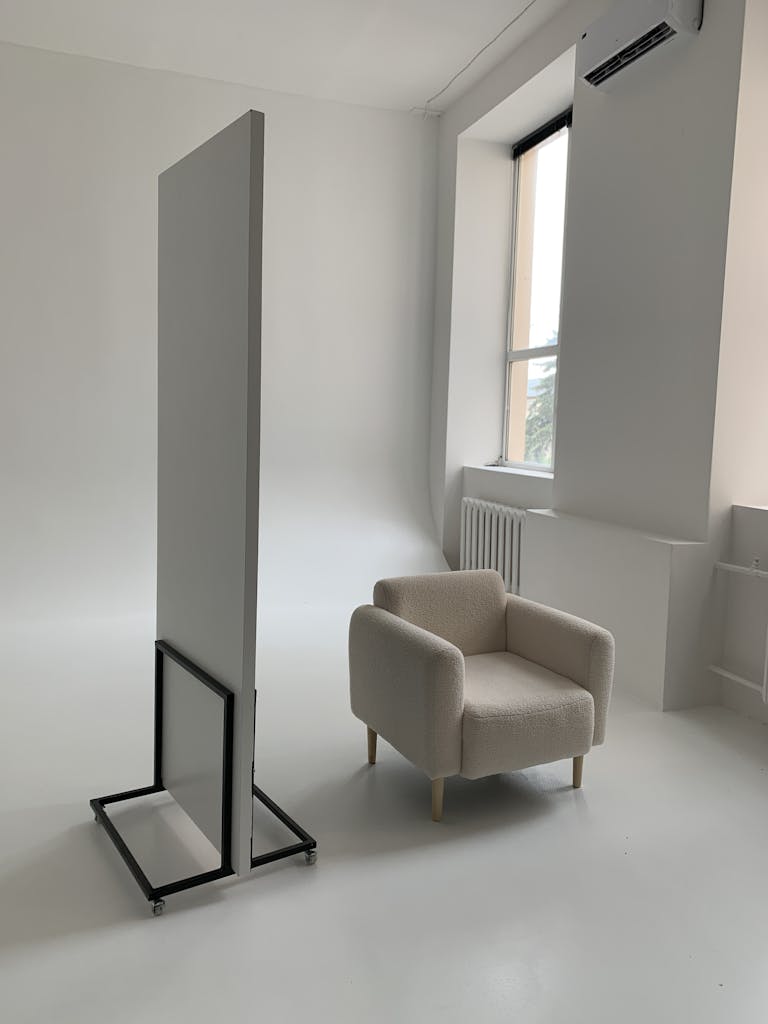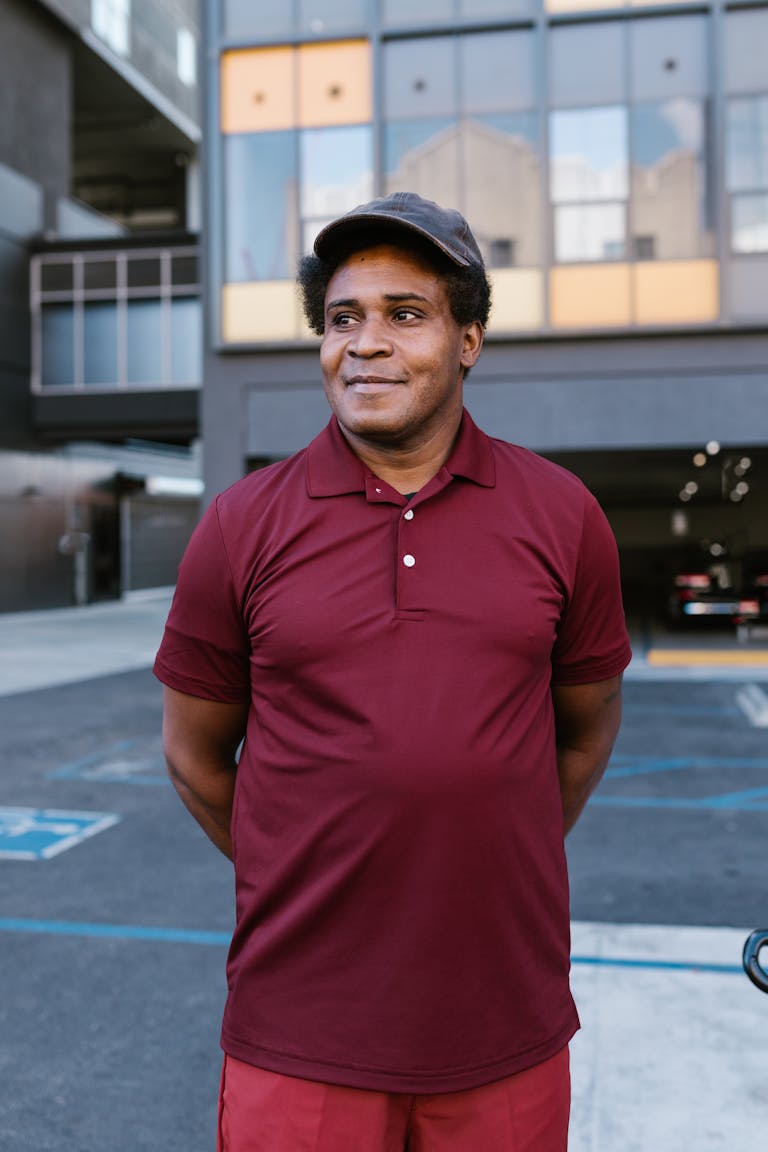In a world obsessed with more—more apps, more notifications, more commitments—your mind ends up cluttered. But what if less is the true path to more? That’s the essence of mental clarity through minimalism.
Minimalism isn’t just about your physical space. It’s about intentionally choosing less noise to create more clarity.

Why Mental Clarity Matters
Mental clarity is your ability to think clearly, focus deeply, and make confident decisions. When your brain is clouded with excess—too many choices, distractions, or obligations—clarity suffers. And so does your productivity, peace, and purpose.
How Minimalism Improves Mental Clarity
- Less Visual Clutter, Less Mental Load
A clean environment sends fewer stimuli to your brain, helping you focus better. - Simplified Choices = Reduced Decision Fatigue
From your wardrobe to your meals, fewer choices mean more brainpower for what truly matters. - Prioritized Commitments = More Mental Bandwidth
Minimalism in your calendar creates room for rest, creativity, and high-impact work. - Digital Decluttering Frees Cognitive Space
Reducing apps, unsubscribing from email lists, and limiting social media declutters your digital life and reduces overwhelm.
Steps to Apply Mental Minimalism
1. Declutter Your Space
Start small—your desk, bedroom, or phone home screen. Keep only what adds value.
2. Set Daily Priorities
Pick 1–3 key tasks per day. Focus on what truly moves you forward.
3. Limit Inputs
Be mindful of what you consume—news, podcasts, social media. Curate wisely.
4. Say “No” Strategically
Protect your time and mental space by saying no to non-essential obligations.
Real-Life Example
Steve Jobs famously wore the same outfit every day. Why? Fewer daily decisions. More mental focus for innovation. That’s the power of simplicity.
Q: Isn’t minimalism too extreme?
A: Minimalism isn’t deprivation—it’s intentional living. You decide what matters and let go of what doesn’t.
Q: How do I start if I’m overwhelmed?
A: Start with one drawer, one hour, or one day. Progress, not perfection.
Simplify something today—your workspace, your to-do list, or your phone apps. With every item you remove, you create space for what truly matters: clarity, creativity, and calm.

I’m EKBAL HOSSAIN MONDAL, the creator of SmartSolveTips.com — a blog dedicated to helping people improve productivity, avoid digital burnout, and live better online. With years of hands-on experience in self-development and digital wellness, I write practical tips and tools to help you stay focused and thrive in a fast-paced digital world.






